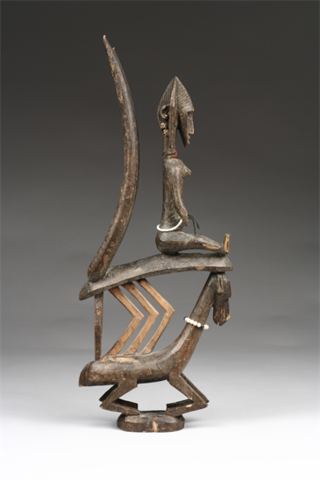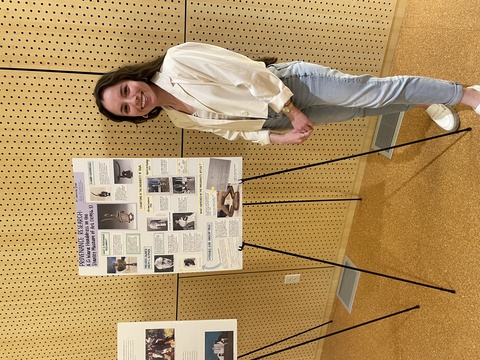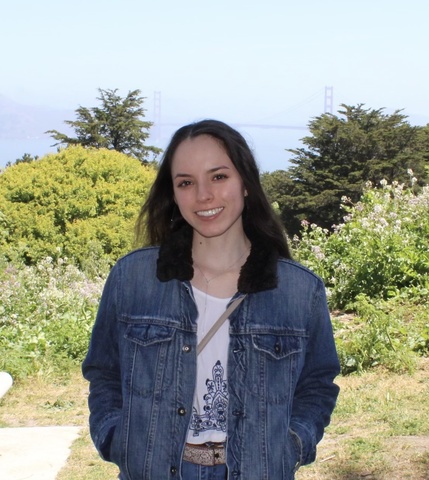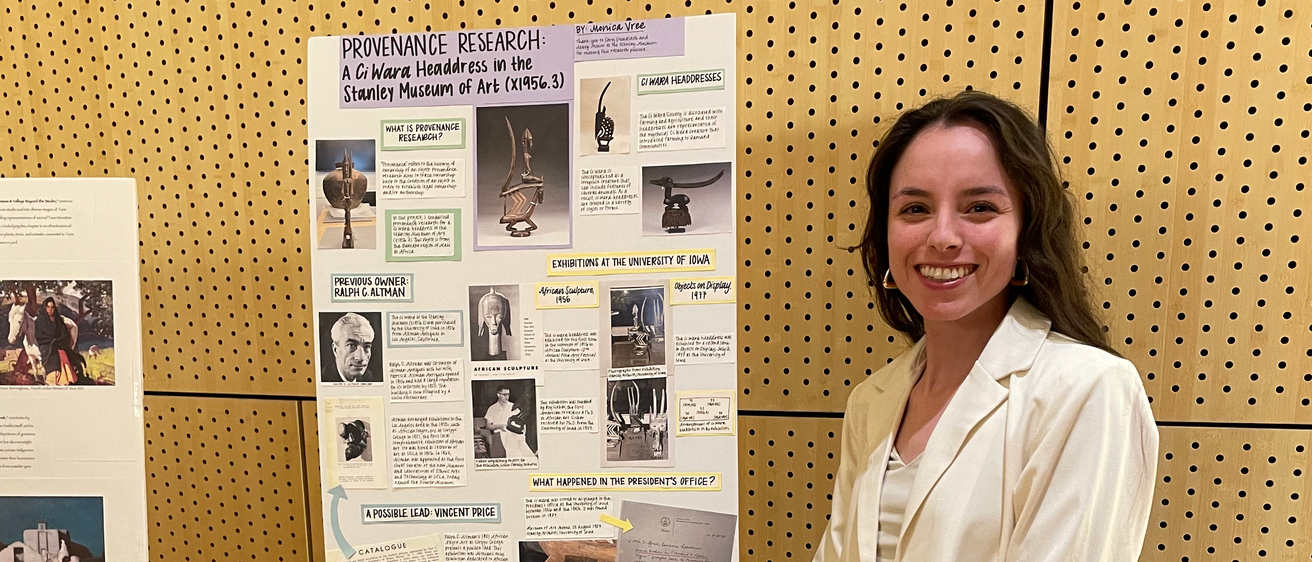This past semester, I had the opportunity to take MUSM:4081 Curating the Arts of Africa in America at the Stanley Museum of Art. This class focused on the history of collecting and exhibiting African art in Europe and America as well as the role of museums and the art market in the development of African “art” in the Western sense. I had the chance to see African objects from the collection in person, read object and exhibition files, meet museum staff, and spend class time in the galleries. Alongside students at Indiana University, our class also curated an exhibition that will open at the Stanley Museum this upcoming August.
As a PhD student in art history, this class benefited me with both museum experience and connections. Although I focus on Gothic architecture, working with the African art collection, writing exhibition reviews and labels, conducting provenance research, and curating an exhibition has given me a new tool set that I can apply to teaching courses in African art history or museum studies in the future.

My favorite class assignment was the provenance project, which asked us to research the list of owners of an object from our African art collection. I conducted research on a ci wara headdress (X1956.3) that was acquired by the university in 1956. Purchased from Altman Antiques in Los Angeles, California, this headdress is one of the earliest African art objects in the collection and was part of Roy Sieber’s first exhibition, African Sculpture, in 1956 at the University of Iowa. Sieber was the first person to receive a PhD in African art in America, which he completed at the University of Iowa in 1957 before becoming a professor of African art at Indiana University. Between 1956 and the 1990s, the ci wara headdress was exhibited once more at the university in 1977 and was stored or displayed in the President’s Office, where it was found broken in 1987. This assignment required me to do archival research and contact several people and institutions, including the UIowa President’s Office, Scripps College in Southern California, the Vincent Price Museum, and scholars the CUNY Graduate Center. While provenance research often results in dead ends, the detective-like work was entertaining. I found out that Altman Antiques is now a sushi restaurant, but I did not find out how the headdress was broken in the President’s Office. I presented this provenance research at the School of Art and Art History’s Arts Fest on May 3, 2024.

The ci wara headdress will be part of our upcoming exhibition, tentatively titled Beyond the Cycle: African Art from the Stanley Museum of Art and Eskenazi Museum of Art. Engaging with the concepts of the artist’s hand, materiality, and ethics, this exhibition brings together works from the University of Iowa and Indiana University, emphasizing our institutional connections and the important roles that both universities played in the birth of African art studies in the Midwest. Curating this exhibition and participating in this class did not only give me valuable museum experience, it also taught me about the significance and history of our own African art collection.

About Monica Vree
Monica Vree is a PhD student in art history specializing in Gothic architecture. She received her BA in art history from the University of California, Davis, where she conducted research on French Gothic architecture as well as Gothic and Renaissance stained glass. In 2022, she received her MA in art history from the University of Iowa. Her MA Qualifying Paper analyzed the relationships among the façades of Reims Cathedral, focusing on the development of their designs throughout the course of the cathedral’s construction. Her current research interest builds upon her Qualifying Paper to include the design of Gothic façades in northern France in the areas around Reims.
